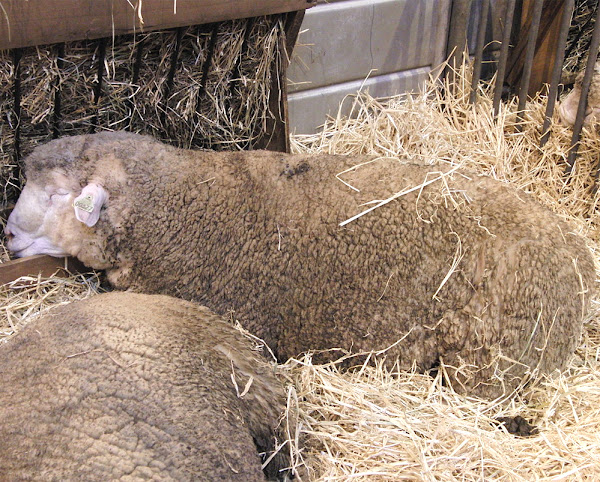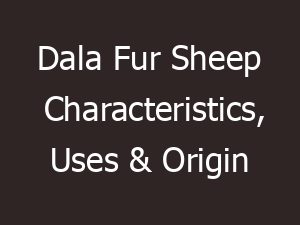The Ile de France sheep is a breed of domestic sheep from France. It is native to the region of Île-de-France near Paris. And the breed is named so for it’s native place.
It was first developed at a French veterinary college in 1830s. The breed was developed through crosses of Rambouillet and Dishley Leicester sheep.
The Mauchamp Merino sheep was also use in the breed’s development later. And the breed was originally known as the Dishley Merino sheep.
Currently the Ile de France sheep breed is widespread in France. And in the 1970s, it was introduced to Britain.
A breed association for the breed was formed in 1933, and it was rigorously tested early on it’s breeding for meat characteristics and maternal qualities. Read some more information about this breed below.
Ile de France Sheep Characteristics
The Ile de France sheep are large sized animal and are thick set. They are white in color and have white face. And their nostrils and lips are pink in color.

Their lower legs and face are free from wool. Both rams and ewes are naturally polled, that means they have no horns. Photo and info from ansi.okstate.edu and Wikipedia.
Uses
This sheep is a meat sheep breed. It is raised mainly for meat production purpose.
Special Notes
The Ile de France sheep are strong and hardy animals. They are mainly used as a terminal sire in the United States, but are also occasionally found as a dairy breed there.
And today, the breed is one of the top meat sheep breeds worldwide. And it is present in Australia, South Africa, the Americas and as well as in Europe.
Along with meat production, the breed is also good for wool. They produce a fine and heavy fleece that is very high in grease (which results in low yields).
Average fleece weight is 4 to 6 kg, with a 7 to 8 cm staple length. And the quality of fleece is 56’s to 60’s. Review full breed profile of these sheep in the following chart.
| Breed Name | Ile de France |
| Other Name | Dishley Merino |
| Breed Purpose | Meat |
| Special Notes | Hardy and strong animals, used as a terminal sire in the United States, occasionally found as a dairy breed in the United States, it is among the top meat sheep breeds worldwide, very good for meat production |
| Breed Size | Large |
| Horns | No |
| Climate Tolerance | Almost all climates |
| Color | White |
| Rarity | Common |
| Country/Place of Origin | France |






